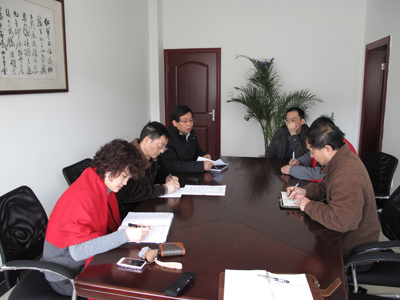Experts from Chengdu Institute of Mountain Hazards and Environment (IMHE), CAS, headed by Prof.CUI Peng, were invited to Pakistan for emergency risk-elimination construction of landslide dams on March 27, 2010.
 |
|
Landslide Lake in Northwest Pakistan (Picture/NASA) |
On January 4, 2010, a landslide occurred in the Hunza Valley of northern Pakistan. The initial disaster buried the village of Attabad, destroying 26 homes and killing 20 people. As the weeks passed, the problems compounded because the landslide did more than destroy a village. It also blocked the Hunza River, creating a 7-mile- (11-kilometer-) long lake that inundated several villages and submerged 3 miles (5 kilometers) of the Karakoram Highway. The highway is frequently blocked by rockfalls, most of which can be cleared in days, but work was still in progress at Attabad in mid-March 2010. Chinese engineers had begun working with members of Pakistan’s army to carve a spillway through the landslide by late January, but the size of the landslide made for slow progress. It is reported that, the lake’s level was rising per day. The seepage raised fears that the water might breach the dam and flood villages downstream.
 |
|
An emergency risk-elimination meeting held in IMHE (Picture/IMHE) |
IMHE held an emergency risk-elimination meeting on March 27 in Chengdu. Prof. CHEN Genwei and Prof. WEI Fangqiang, duputy director of IMHE discussed the work plan with experts and determined an overall work plan, emphasizing the work must be developed under the premise of safety.
IMHE will make the most of the achievement and experience accumulated in the project of “The mitigation theory and technology for debris flow hazard along roads and railways in mountainous area, western China”, which won second prize of National Scientific and Technological Progress Award in 2009 and put forward some constructive proposals for emergency risk-elimination construction in Pakistan.
